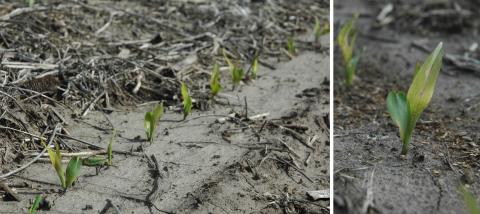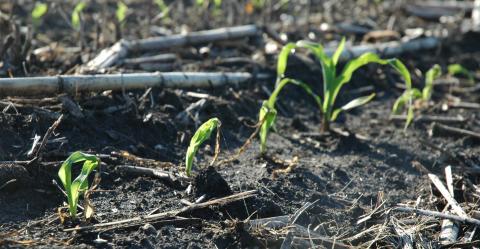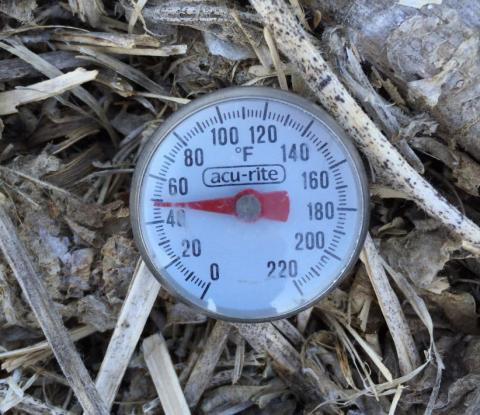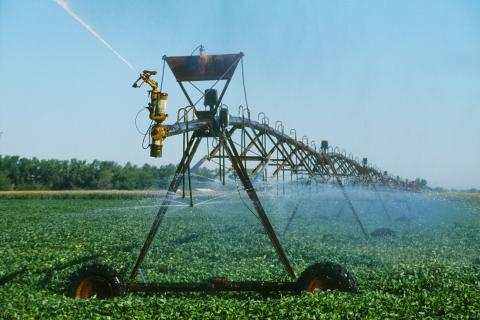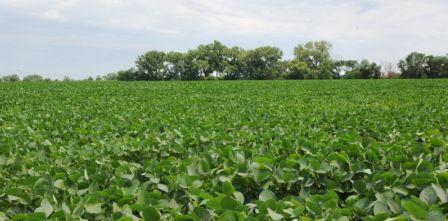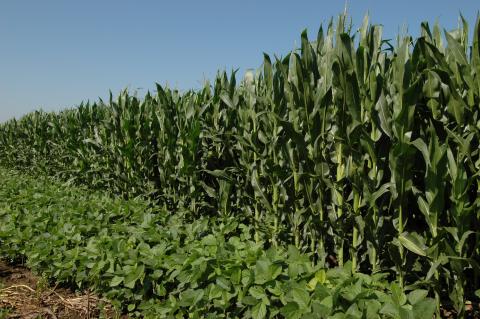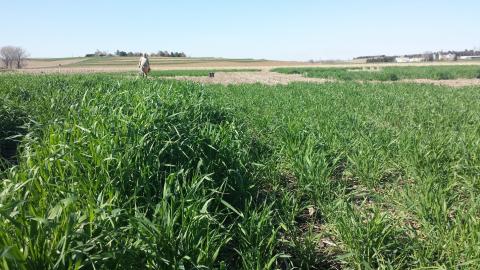Do I Need to Replant My Corn?
May 5, 2017
Considering whether your corn should be replanted? The authors look at types of plant damage at early growth stages and the effect on potential yield. It includes a table of relative yield potential of corn by planting date and population.
Risk of Freeze Damage in Early-Planted, Emerged Corn
April 28, 2017
Early-season freeze damage results in a range of potential yield impacts. Severe damage is often limited to low-lying areas within a field because cool air is heavier than warm air. Early season survival of corn plants is attributed to growing-point protection below the soil surface; however, a hard frost can penetrate the ground and kill plants. Regrowth of corn following freeze damage is often impeded by dead leaf tissue that can entrap new leaves.
Corn, Soybean Planting Considerations for this Week’s Cold Snap
April 24, 2017
With nighttime lows predicted to drop several nights this week, growers are advised to cautiously assess the potential for germination problems due to imbibitional chilling before planting. Agronomists advise checking soil temperatures in each field the day of planting as well as forecast temperatures for 24 hours (soybeans) or 48 hours (corn) after planting.
Planting Soybean after Soybean (Part 2): In-Season Management Considerations
April 13, 2017
In Part 1 of this article, we look at considerations for planting soybean after soybean. In this article, Part 2, we share considerations for in-season management.
Planting Soybean after Soybean (Part 1): Planting Considerations
April 13, 2017
Farmers are increasing their soybean plantings for 2017, which likely means some are shifting to soybeans-after-soybeans. This article looks at what you should be considering at planting time as you consider changing your cropping sequence.
Making Data-Driven Decisions on Soybean Inoculation
April 6, 2017
Farmers, agronomists, and researchers provide three steps to deciding whether to inoculate soybeans this spring.
Rotation Impact on Irrigated Corn and Soybean Yields in Nebraska
February 23, 2017
On most Nebraska rainfed farms, soybean and corn are usually rotated. On irrigated fields, however, the rotation sequence tends to shift to more years of corn between soybean, and in some cases, corn is grown continuously, year-after-year.
Implementation of Cover Crops in Corn and Soybean Systems in Nebraska
November 29, 2016
A short review of cover crop research conducted at four University of Nebraska research fields (two irrigated, two dryland) to study the feasibility and impact of winter cover cropping on soil quality, soil water, and crop yields in corn-soybean systems. Objectives were to quantify cover crop emergence, fall and spring biomass production, soil water changes, soil chemical and physical property changes, and crop yields.


